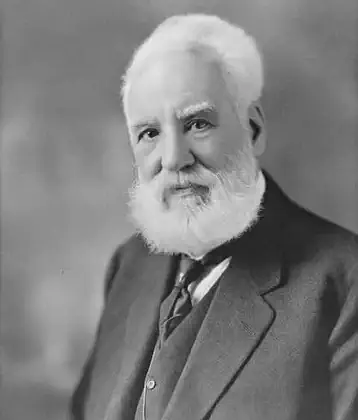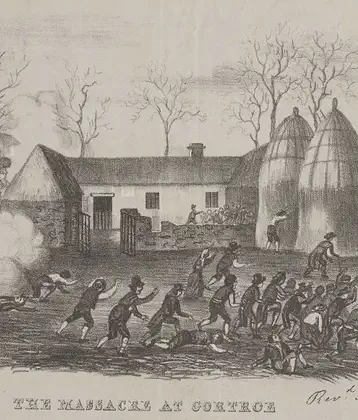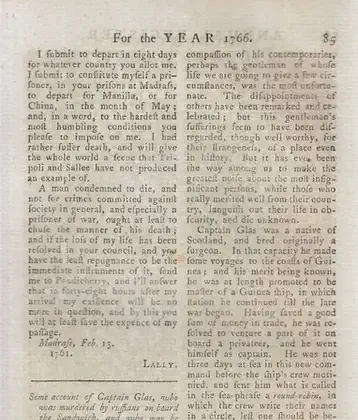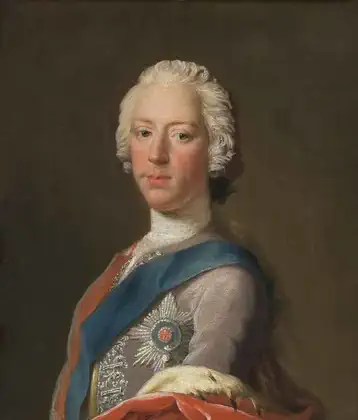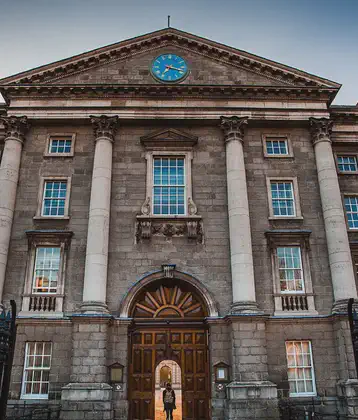On March 03, 1792 in Celtic History
Robert adam, scottish architect, died.
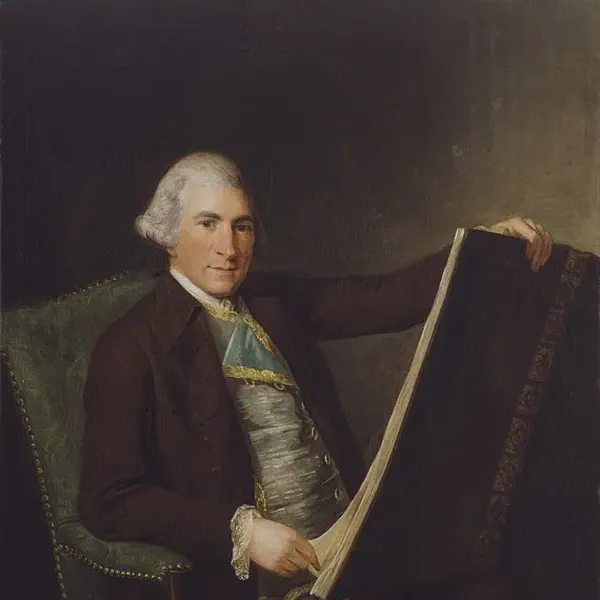
Robert Adam, the renowned Scottish neoclassical architect, designer, and interior decorator, died on March 3, 1792. Born on July 3, 1728, in Kirkcaldy, Fife, Scotland, Adam became one of the most influential architects of the 18th century, both in Britain and beyond. His work had a profound impact on the development of Western architecture, and he is best known for his role in popularizing the neoclassical style, which drew inspiration from the classical art and architecture of Ancient Greece and Rome.
Together with his brother James, Robert Adam developed a distinctive style, now referred to as the “Adam style,” characterized by its symmetry, lightness, and elegant decorative elements. He designed numerous country houses, urban dwellings, and public buildings, integrating architecture, furnishings, and interior design into a cohesive whole.
Some of Robert Adam’s most famous works include the neoclassical facades and interiors of Syon House in London, the remodeling of Osterley Park, and the design of Culzean Castle in Ayrshire, Scotland. In addition to his residential projects, Adam also made significant contributions to public architecture, including the design of the Royal Society of Arts building and sections of the University of Edinburgh.
Adam’s legacy lives on through his contributions to architectural theory and practice, as well as the enduring beauty and elegance of his designs. His work continues to be celebrated for its innovation, artistic merit, and influence on subsequent generations of architects.
